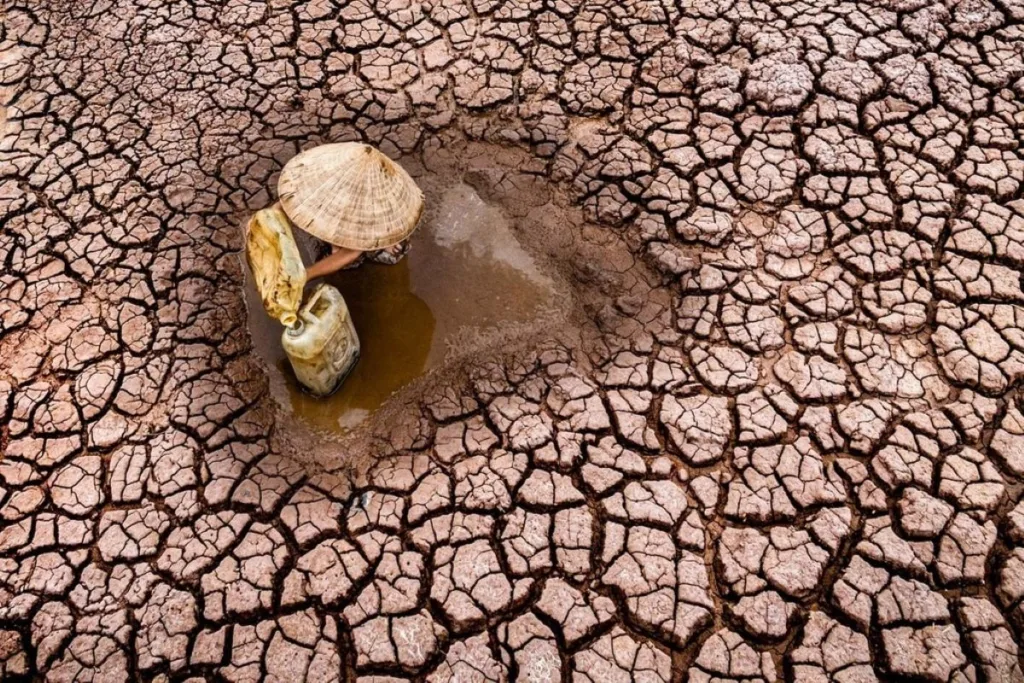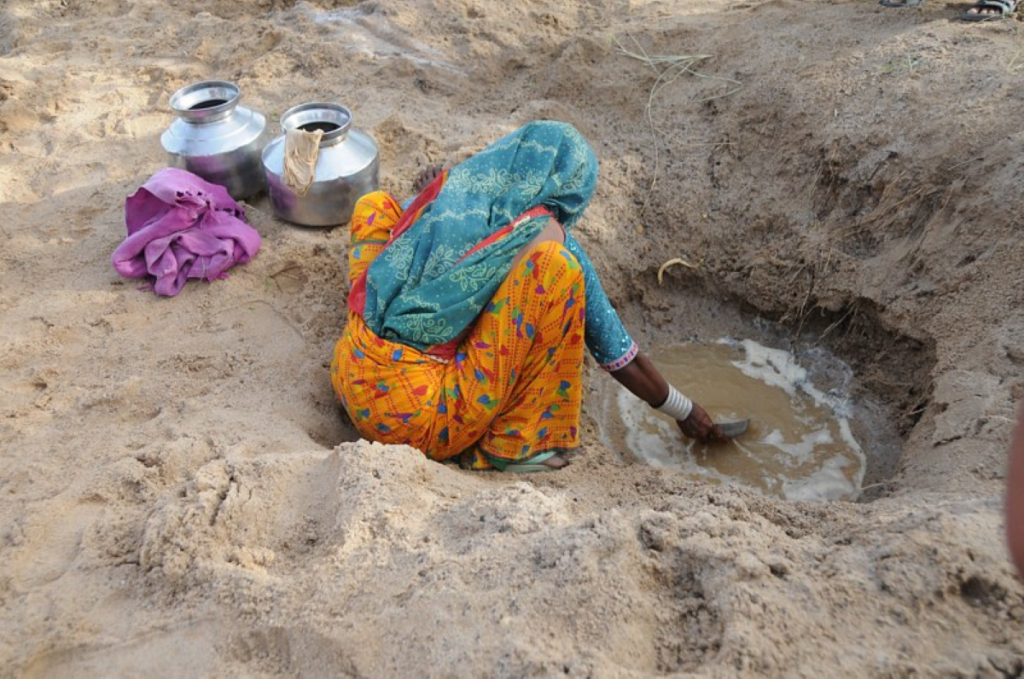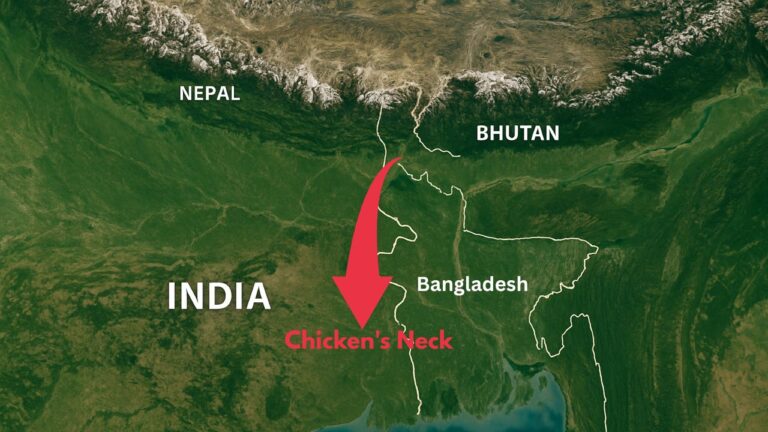
FAO Urges Nations to Prepare as 50% of Population to Face Water Shortages by 2050
The Food and Agricultural Organization (FAO) has raised a pressing concern about the impending water crisis that could impact five billion people worldwide. With three billion already facing high water scarcity in agricultural areas, FAO warns that 57 percent of the global population will experience water shortages for at least a month each year by 2050.
This article highlights the discussions held during FAO’s 43rd session of Ministerial Conference and the urgent need for global action to mitigate water scarcity and its impact on agrifood systems.
Water Scarcity: A Growing Global Concern
FAO‘s 43rd session of Ministerial Conference emphasized the escalating stress on water resources, leading to unequal access to water and exacerbating existing social disparities. Vulnerable groups such as small-scale farmers, indigenous communities, and women are particularly affected by water scarcity. Agriculture, accounting for 70 percent of freshwater consumption, plays a central role in exacerbating global water scarcity.
Global Water Shortages: Impacts & Challenges
During the conference, representatives from various countries shared their perspectives on the challenges posed by water scarcity. Namibia, a country highly affected by climate change, urged immediate action from governments. Gambia’s representative highlighted that women, who play a significant role in agriculture, are disproportionately affected by this issue. Argentina’s representative pointed out the complexities of finding global solutions due to different governance systems within countries.

Mitigating Water Scarcity & Flood Management
The conference featured in-depth discussions on flood management and solutions to combat water scarcity, shortages, and catastrophic floods. Floods have caused significant devastation worldwide, affecting billions of people and resulting in substantial financial losses. For instance, Africa and Pakistan experienced devastating floods, leading to loss of lives and displacement of millions.
Integrated Flood Risk Management
FAO Director-General Qu Dongyu praised Vietnam’s efforts in enhancing food security through innovative flood management practices. Vietnam utilized “trash fish” caught during floods as feed for cultured fish, promoting food security. FAO’s technical report on Integrated Flood Risk Management highlighted components such as decreasing vulnerability, building resilience, and effective governance to manage flood risks.
Countries’ Initiatives Towards Flood Management
Representatives from different countries shared their strategies for flood management. South Africa’s Minister for Agriculture emphasized the importance of civic education, urban planning, and early warning systems. Zimbabwe’s Minister focused on enhancing alerts for the population, while Finland, a digitally advanced country, is piloting digital flood management plans.

Investing in Water Infrastructure for Sustainable Agrifood Systems
The conference emphasized the crucial role of water infrastructure in achieving the United Nations’ Sustainable Development Goals. Assured water supply infrastructure allows farmers to diversify agricultural practices, fostering resilience among crop varieties. Effective water storage infrastructure can help countries cope with excess water scarcity and reduce the impacts of extreme weather events.
Examples of Success: FAO’s Multifunctional Paddy Fields
FAO shared successful initiatives from the Sahel region in Africa, Sri Lanka, and Zimbabwe. These regions implemented multifunctional paddy fields that integrate fish and shrimp farming with paddy cultivation. Such practices offer multiple benefits, including value-added infrastructure, flood control, groundwater recharge, and ecosystem services.
The urgent call from FAO to address water scarcity and its impact on agrifood systems must be heeded by governments and stakeholders worldwide. As water shortages continue to escalate, it is essential to invest in sustainable water infrastructure and adopt innovative flood management practices. Collaborative efforts can ensure the availability of water resources for a growing global population and foster resilient and sustainable agrifood systems for the future.






